Highlight
- 4G revolutionized data access, enabling faster internet speeds and reliable connections on smartphones.
- 5G promises even greater advancements in speed, capacity, and latency.
- With 5G rolling out globally, speculation around 6G’s potential grows.
- This blog explores the key differences between 4G, 5G, and 6G networks while explaining each technology.
In this fast-paced digital age, staying connected is paramount and wireless networks are at the centre of it all. We are in the middle of a 5G rollout in India and conversations around 6G have also started gaining momentum.
So, the question arises, what are these networks? In this blog, we are exploring the key differences between 4G, 5G, and the much-anticipated 6G technology while explaining everything you need to know about each network technology.
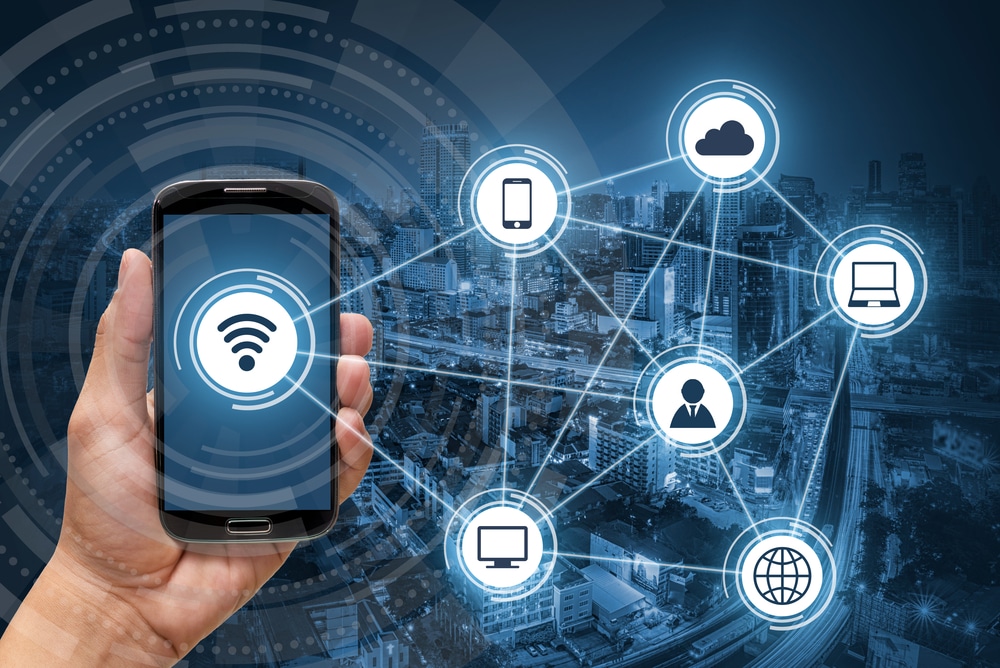
You’ve probably heard about 4G, the fourth generation of mobile communication technology that revolutionized the way we access data, enabling faster internet speeds and more reliable connections on our smartphones and other devices.
Then now we have 5G, the fifth-generation network. It promises even greater advancements in speed, capacity, and latency, opening the door to exciting possibilities like augmented reality, remote surgeries, and autonomous vehicles.
As 5G continues to rollout in India and globally, tech enthusiasts and industry experts are already speculating about the potential of 6G networks.
According to many reports, 6G could be another step in speed enhancement or it will introduce groundbreaking changes that redefine connectivity once again.
In this blog, we will break down the technical disparities between these generations, shedding light on how each one works, the advantages they bring, and the challenges they address. So, let’s dig deeper into the evolution of mobile networks!
Before we get to the differences between the three networks, here’s a quick introduction to all three technologies.
What is 4G Technology?

4G technology, an abbreviation used for Fourth Generation, represents a significant milestone in the evolution of mobile communication.
It is a wireless network technology that succeeded the 3G network and brought about a revolutionary leap in data transfer capabilities. It is often credited for transforming the way we connect and access information on our mobile devices.
At its core, 4G operates on an all-IP (Internet Protocol) network. This enables faster data transmission and enhances the overall user experience.
To achieve faster data speed, 4G networks utilize advanced modulation techniques and multiple-input and multiple-output (MIMO) technology, allowing more data to be transmitted simultaneously.
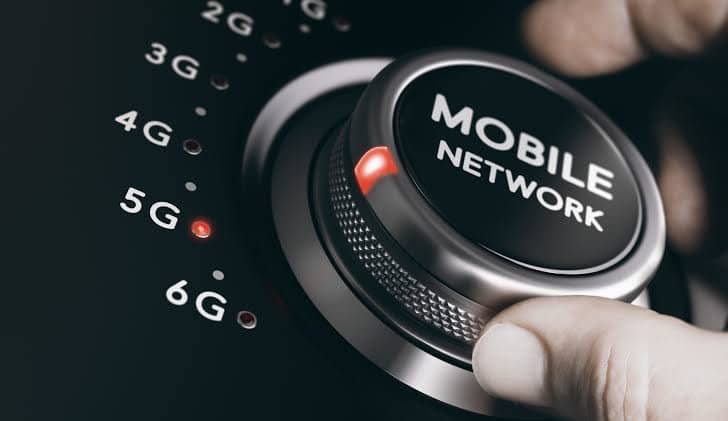
Additionally, 4G networks have lower latency, reducing the time it takes for data to travel between devices and servers, resulting in more responsive applications and online interactions.
One of the key features of 4G is its impressive download and upload speeds, which facilitate seamless video streaming, smoother browsing, and quick file downloads. Apart from this, another significant advantage of 4G technology is its ability to handle a higher number of connected devices efficiently.
4G has paved the way for a wide range of services and applications, including video conferencing, mobile gaming, and mobile payment systems, making it a fundamental technology that has shaped the modern mobile landscape.
What is 5G Technology?
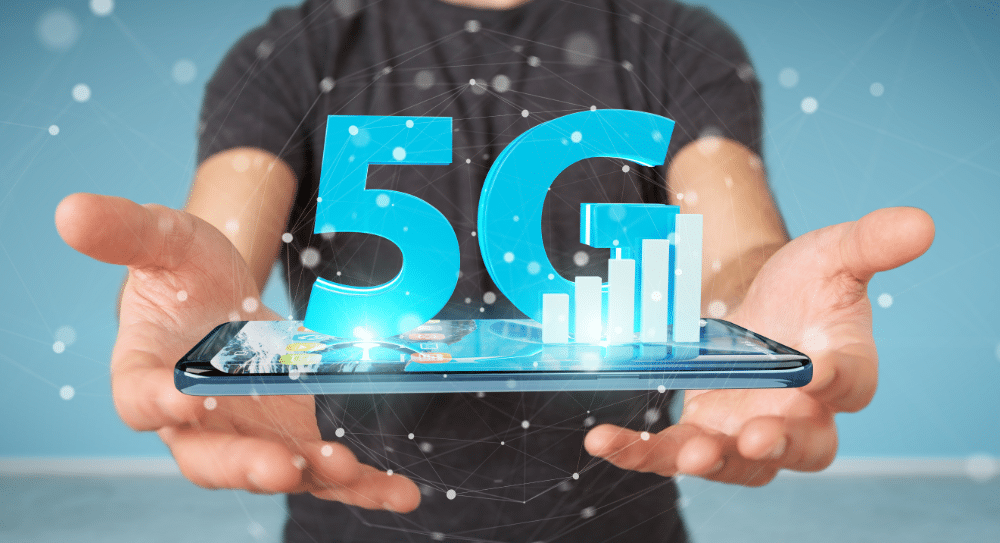
5G technology, an abbreviation used for the Fifth Generation of wireless communication, builds upon the foundations laid by its predecessors, such as the 4G network. It delivers even faster data speeds, lower latency, and unprecedented connectivity.
At its core, 5G operates on a more extensive spectrum range, utilizing higher frequencies, which enables it to handle significantly higher data volumes.
This allows for lightning-fast download and upload speeds, empowering users to experience seamless streaming, lag-free gaming, and rapid data transfers like never before.
To achieve these enhancements, 5G networks employ advanced technologies like massive MIMO (Multiple-Input Multiple-Output), beamforming, and network slicing.
Massive MIMO allows multiple data streams to be transmitted simultaneously, optimizing network efficiency, while beamforming concentrates the signal towards specific devices, ensuring a more focused and reliable connection.
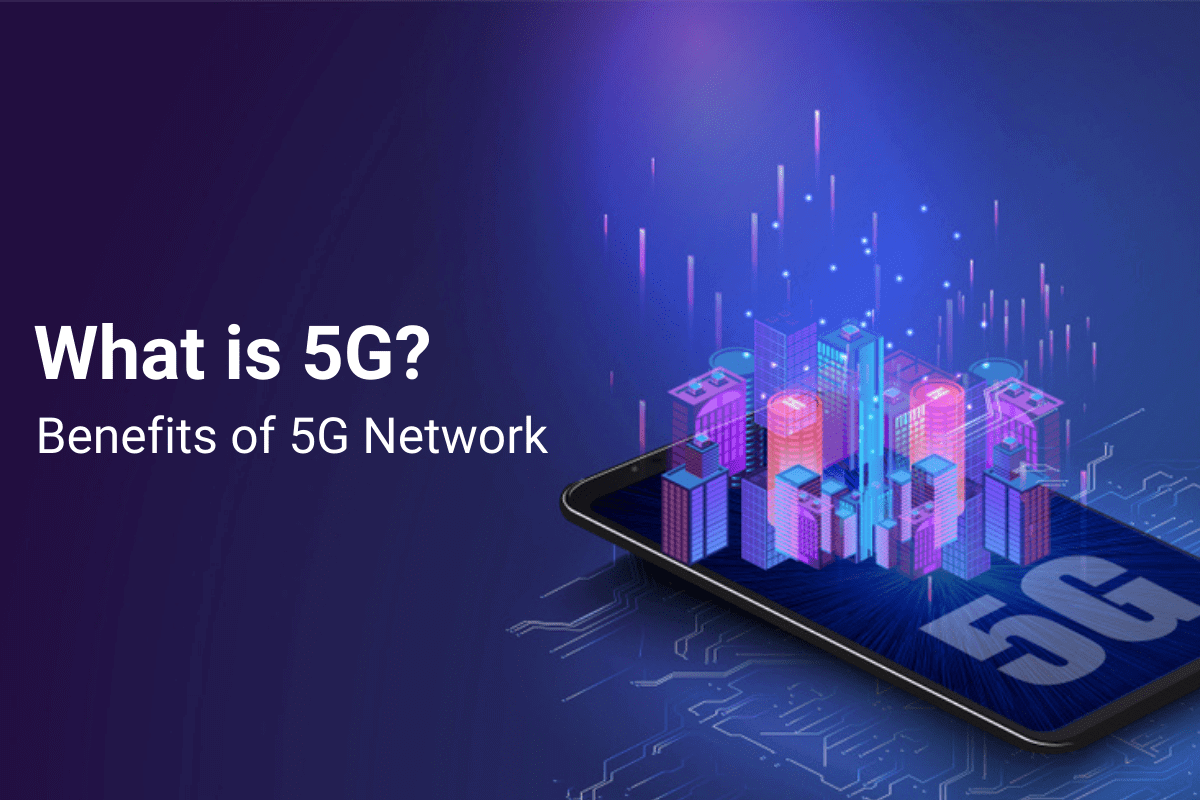
One of the defining features of 5G is its remarkably low latency, reducing the response time between devices and servers to mere milliseconds.
This low latency is critical for real-time applications, such as augmented reality (AR), virtual reality (VR), remote surgeries, and autonomous vehicles, which demand instantaneous data transmission.
Moreover, 5G is designed to support a vast number of connected devices, making it a fundamental component of the Internet of Things (IoT) ecosystem.
This capability is poised to revolutionize various industries, from smart cities and healthcare to manufacturing and transportation.
5G holds the potential to unlock a new era of innovation and connectivity as it transforms the way we interact with technology.
What is 6G Technology?
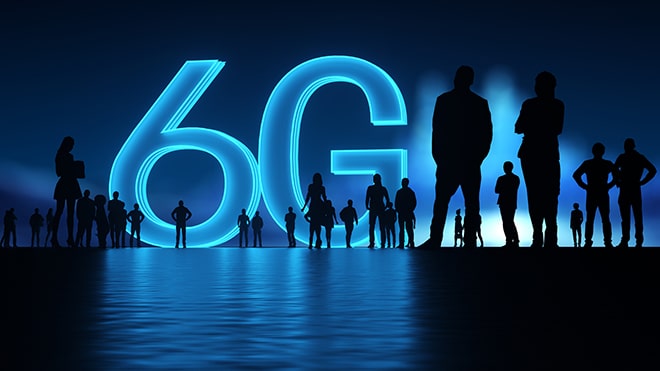
6G technology, an abbreviation used for the Sixth Generation of wireless communication, is the highly anticipated next step in the evolution of mobile networks.
While 5G is still relatively new, ongoing research and development have already begun to pave the way for even more groundbreaking advancements.
At its core, 6G aims to push the boundaries of wireless connectivity to previously unimaginable levels.
It promises to deliver mind-boggling data speeds, incredibly low latency, and massive device connectivity, heralding a new era of hyper-connectivity and unlocking revolutionary use cases.
One of the key objectives of 6G is to achieve data speeds several times faster than those of 5G. This ultra-high-speed data transmission could enable instantaneous downloads of large files and seamless 8K or even 16K video streaming, revolutionizing the way we consume and share content.
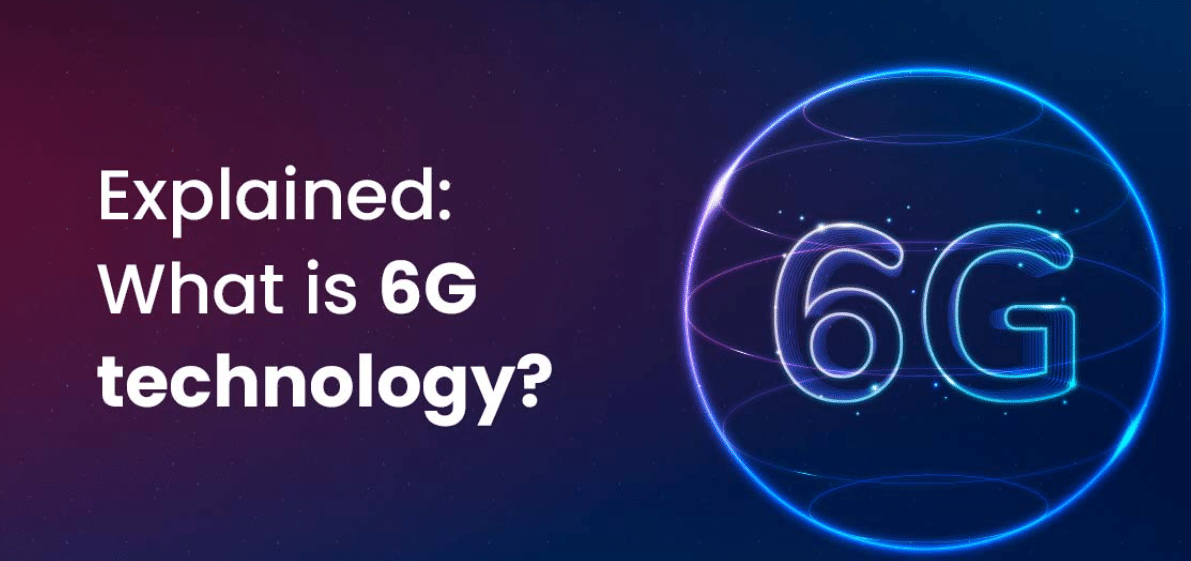
6G also envisions ultra-low microsecond latency, reducing response times to near-instantaneous levels.
This is vital for real-time applications, such as remote surgeries, advanced virtual reality experiences, and highly responsive autonomous vehicles, where even the slightest delay can have significant consequences.
While 6G technology is still in its early research stages. 6G networks are expected to be developed and released by 2030.
Industry experts and researchers are already exploring the use of new technologies like terahertz frequency bands, advanced beamforming, and artificial intelligence to make this vision a reality.
Now, let’s take a quick look at key points of difference between all three networks –
4G Vs 5G Vs 6G – Key Points of Difference
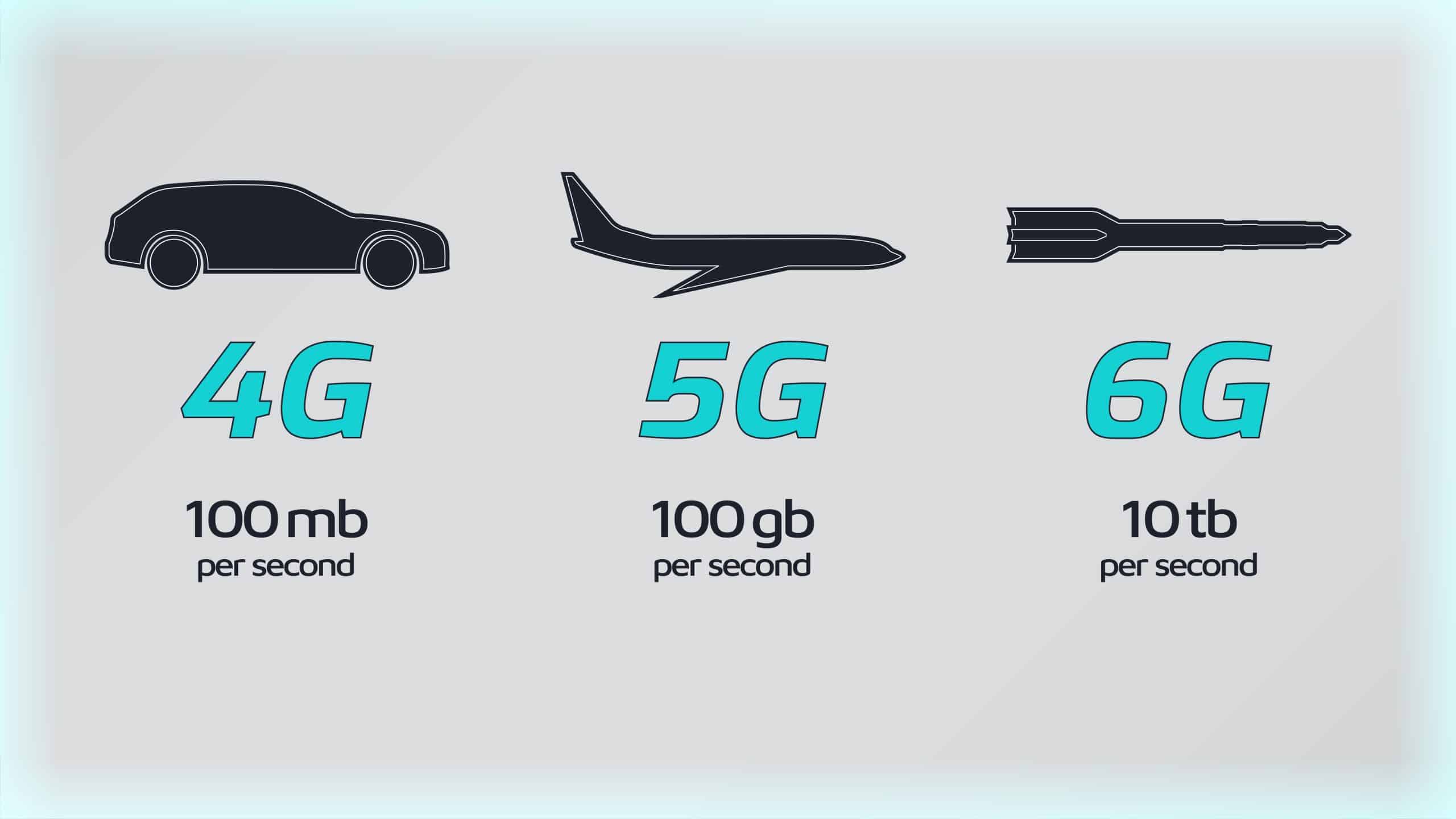
| Aspects | 4G | 5G | 6G |
| Generation | Fourth Generation | Fifth Generation | Sixth Generation |
| Speed | Up to 100 Mbps | Up to 20 Gbps | Expected to be faster |
| Latency | Around 50 ms | As low as 1 ms | Expected to be lower |
| Frequency Bands | Lower frequency bands | Includes higher bands | May include terahertz bands |
| Capacity | Moderate | High | Expected to be higher |
| Uses | Enhanced mobile data and
video streaming |
AR/VR, IoT, smart cities, autonomous vehicles, telemedicine | Speculative, but likely to include advanced AR/VR, highly connected IoT, etc |
| Infrastructure | Mature | Ongoing development | In research and development |
| Deployment Status | Widely deployed | Currently rolling out globally | Expected to arrive by 2030 |
How is 5G Different from 4G Networks?
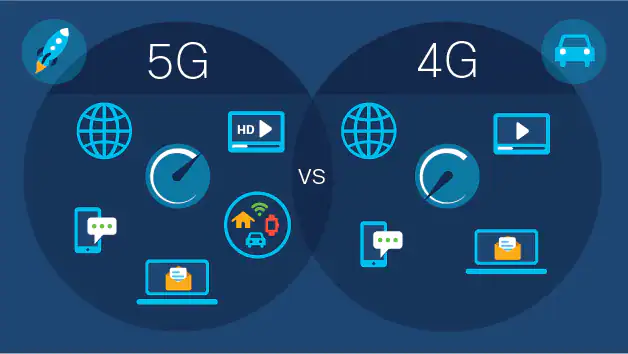
5G is significantly different from 4G networks in several key aspects. Below are the primary differences between 5G and 4G networks:
Speed and Data Transfer Rates: 5G offers exponentially faster data transfer rates compared to 4G. While 4G typically provides download speeds of up to 100 Mbps, 5G can reach up to 20 Gbps (Gigabits per second).
Latency: 5G boasts remarkably low latency, reducing it to as little as 1 millisecond, whereas 4G generally has latency around 50 milliseconds.
Capacity and Connectivity: 5G networks have a higher capacity, meaning they can support a significantly larger number of connected devices within a given area.
This capacity increase is essential for the future expansion of the Internet of Things (IoT) ecosystem, where billions of devices will require simultaneous connectivity without compromising performance.
Technology and Infrastructure: 5G networks utilize advanced technologies like massive MIMO (Multiple-Input Multiple-Output) and beamforming to optimize signal strength and coverage.
Frequency Bands: While 4G primarily operates on lower frequency bands, 5G utilizes both lower and higher frequency bands, including millimetre waves.
How is 6G Different from 5G Networks?
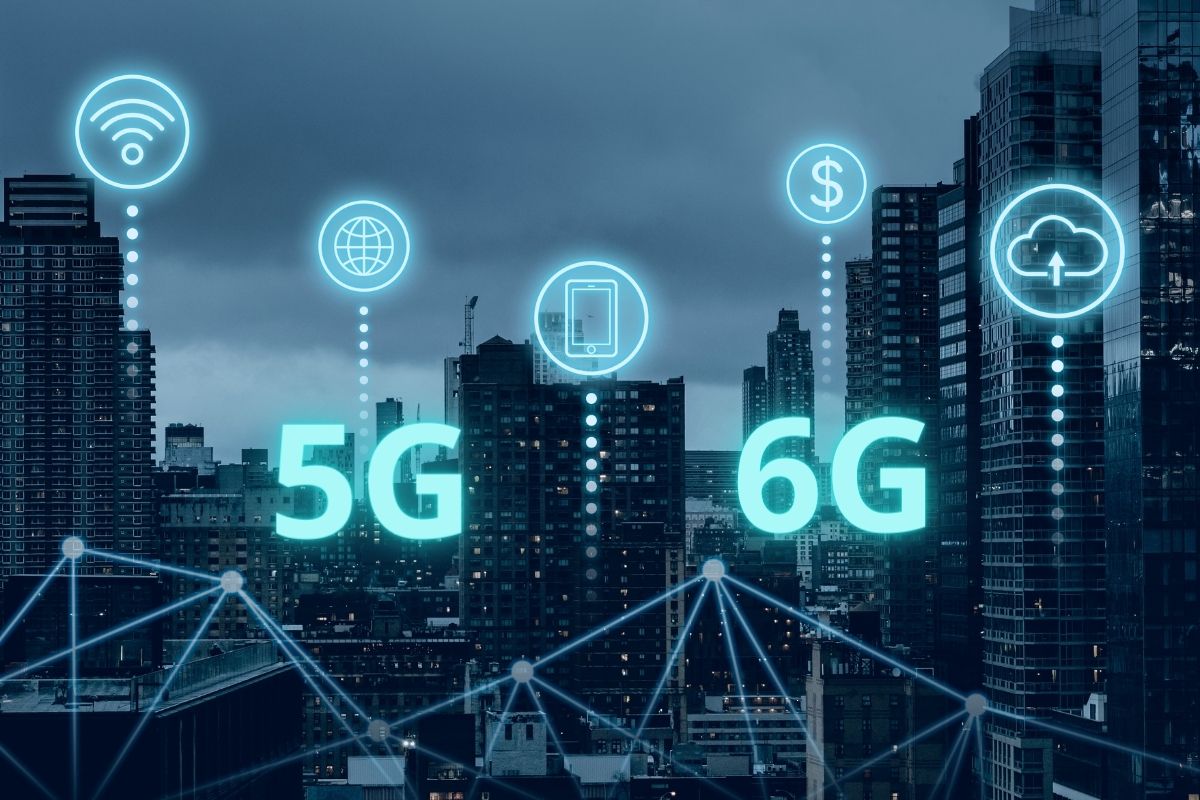
While 5G is still in the process of a nationwide rollout, researchers and industry experts are already looking ahead to the potential differences that 6G will bring.
Apart from the significant upgrade in speed, latency and frequency bands, 6G technology would be different from 5G and other predecessor networks on following aspects –
Spectrum Efficiency: 6G is expected to optimize spectrum usage, making more efficient use of available frequencies. This will enable higher network capacity, allowing a massive number of devices to connect seamlessly, making it an essential enabler for the ever-expanding Internet of Things (IoT) ecosystem.
Advanced Technologies: 6G is likely to leverage advanced technologies like Artificial Intelligence (AI), machine learning, and smart antennas to enhance network performance, predict user behaviour, and intelligently manage resources.
Novel Applications: While 5G has already unlocked numerous applications, 6G is expected to introduce revolutionary use cases that were previously deemed unattainable.
These may include holographic communications, high-fidelity telepresence, and even more sophisticated applications in healthcare, transportation, and entertainment.
Who is working on the Development of the 6G Network?
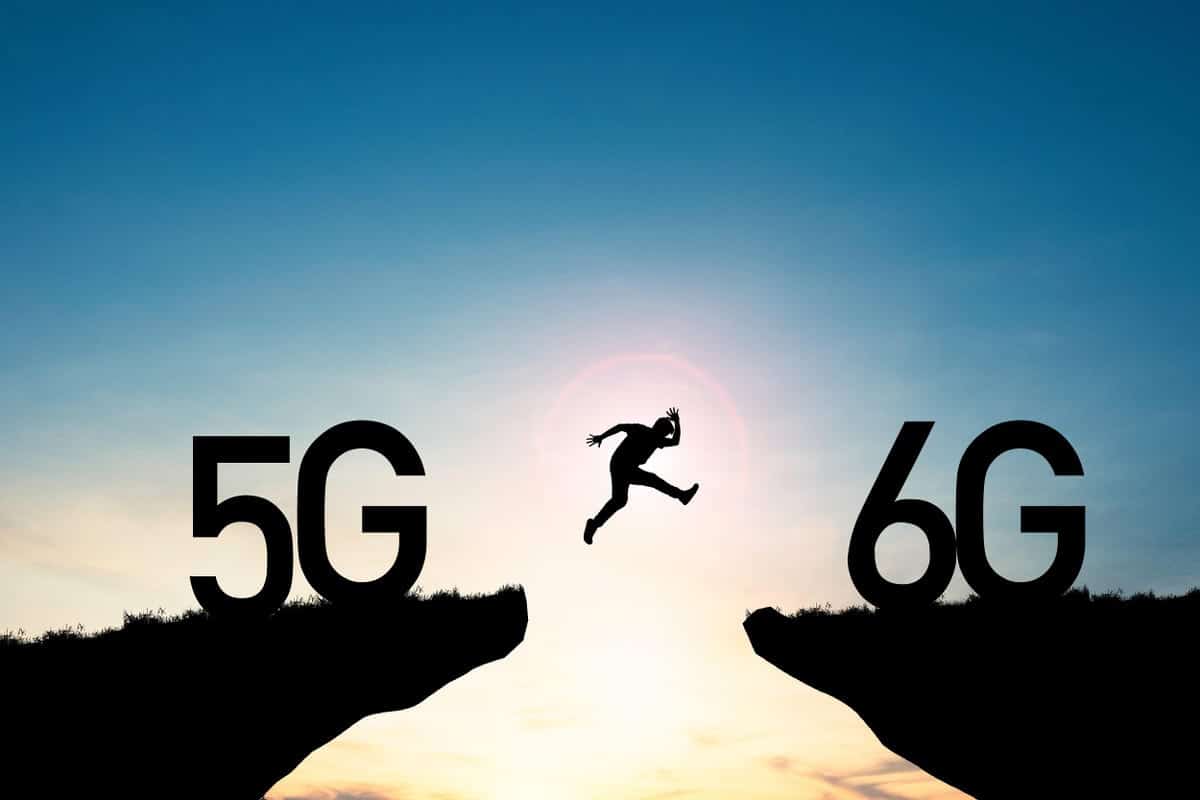
Organisations and universities researching the new technology are given below:
- The University of Aveiro released a whitepaper on 2019 ‘Why 6G?’
- Samsung commenced 6G research in June 2019.
- SK Telecom, a South Korean telecom organisation along with Ericsson, Samsung and Nokia researching 6G mobile network technology jointly.
- TeraView, a terahertz test equipment manufacturing organisation was recently supported with £191 million in funds from the Sustainable Innovation Fund with Innovate UK, an innovation agency based in the United Kingdom. This is considered to be a crucial step forward in making 6G a reality.
- Google and Apple have expressed their interest in 6G research and joined the Next G Alliance, which was built in October 2020 to create a 6G roadmap.
- Korean MNC, LG Electronics has stepped up to develop 6G technology.
FAQs
Q1. What are 4G, 5G, and 6G networks?
Answer. 4G, 5G, and 6G refer to different generations of mobile communication technology. 4G is the fourth generation, while 5G is the fifth generation, and 6G is the anticipated sixth generation. Each generation represents a significant leap in wireless communication capabilities, offering faster speeds, lower latency, and improved connectivity.
Q2. How does the speed of 4G, 5G, and 6G networks differ?
Answer. The speed of the networks increases with each generation. 4G can offer download speeds of up to 100 Mbps, while 5G can reach up to 20 Gbps (gigabits per second). 6G is projected to be even faster, potentially reaching data rates in the order of hundreds of gigabits per second (Gbps) or even terabits per second (Tbps).
Q3. What are the main differences in latency between these generations?
Answer. Latency, the time it takes for data to travel between devices and servers, decreases with each generation. 4G typically has latency around 50 milliseconds, whereas 5G can achieve latency as low as 1 millisecond. 6G aims to reduce latency further to an almost imperceptible level, potentially reaching the sub-millisecond range.
Q4. What are the anticipated applications for 5G and 6G networks?
Answer. 5G has already enabled a wide range of applications, including augmented reality, virtual reality, remote surgeries, and IoT applications. As for 6G, it is expected to introduce even more transformative applications, such as holographic communications, high-fidelity telepresence, and advanced applications in healthcare, transportation, and entertainment. The exact applications for 6G are still speculative as the technology is in the research phase.
Q5. When is 6G network coming for use?
Answer. The satellite is intended to “verify the terahertz (THz) communication technology in space”, according to the Global Times newspaper. 6G networks are expected to be developed and released by 2030.
Also Read: Redmi 12 4G & 5G Price in India, RAM and storage variants Leaked ahead of August 1st Launch










